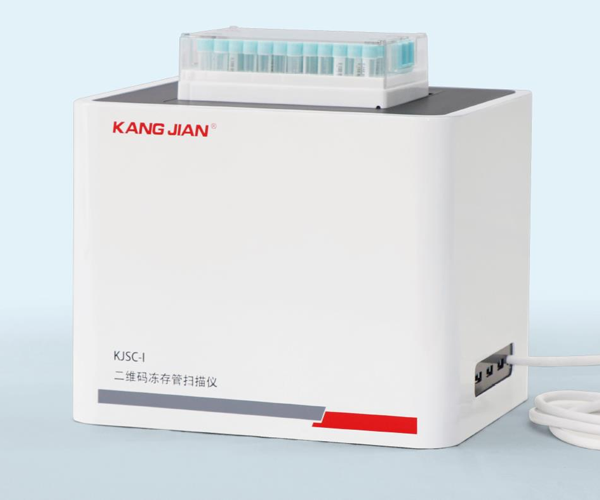Eight departments including the National Medical Insurance Bureau: Centralized procurement and "zero difference" sales of medical consumables
On August 31, 2021, eight departments including the National Medical Insurance Administration, the National Health Commission, and the National Development and Reform Commission jointly released the "Pilot Plan for Deepening the Reform of Medical Service Prices". The plan points out the standardized management of medical service price items and the establishment of a pricing unit system that conforms to price laws. Taking into account the development needs of the medical industry and the affordability of all parties, we will regulate the overall level of medical service prices.
Explore the formation of replicable and promotable medical service price reform experiences through 3-5 years of pilot projects. By 2025, the pilot experience of deepening the reform of medical service prices will be promoted nationwide, and the medical service price mechanism of classified management, hospital participation, scientific determination, and dynamic adjustment will be mature and finalized, and the price leverage function will be fully utilized.
Classify and integrate current price items, improve the national standards for medical service price items, unify price item codes, and gradually eliminate regional differences. Realize the decoupling of price items from technical details such as operational steps and diagnosis and treatment sites, enhance the compatibility of current price items with medical technology and innovation in medical activities, and reasonably reduce the number of projects.
Medical consumables are gradually separated from price items, playing a market mechanism role, and implementing centralized procurement and "zero margin" sales.
Diagnosis, nursing, beds, and some traditional Chinese medicine services that are widely carried out by medical institutions and have a high degree of homogenization of services are included in the list of universal medical services. For complex medical services that are not included in the list of universal medical services, establish a price formation mechanism led by the government and involving hospitals, and respect the professional opinions and suggestions of hospitals and doctors.
Pricing should comply with the price rules set by the government, match the hospital's level, professional status, and functional positioning, and the increased medical service fees should occupy the total amount of price adjustment. Strictly control the charging items and proportion of fees that public medical institutions implement market adjusted prices, and do not exceed 10% of all medical services. After the trial period for new projects expires, they will be managed as general or complex projects.
Establish and improve a comprehensive evaluation index system for price adjustment, including indicators such as the growth of medical and health expenses, the income structure of medical services, changes in factor costs, the proportion of drug and medical consumables expenses, the proportion of large equipment income, the average salary level of medical personnel, the balance of medical insurance fund income and expenditure, the level of patient self payment, and the consumer price index of residents in the evaluation scope, and clarify the triggering and limiting standards for dynamic adjustment.
In order to implement major reform tasks such as centralized procurement of drugs and medical consumables, respond to major public health emergencies, alleviate prominent contradictions in medical service prices, and alleviate the imbalance in the supply of key specialized medical services, we will initiate special adjustment work for medical service prices based on actual needs, flexibly select the adjustment window period, and scientifically calculate and reasonably determine the total amount of price adjustment and project scope based on factors such as income and cost of public medical institutions, Adjust prices accordingly.
Coordinate the pricing and payment policies of medical services, regulate the total amount of price management, budget the total amount of medical insurance, and coordinate the regional point method. Explore the development of medical insurance payment standards.
Establish and improve the management system for medical consumables inventory under medical insurance. Deepen the reform of a diversified and composite medical insurance payment method that focuses on payment by disease type and disease diagnosis related groups. Explore the implementation of total medical insurance payment for close medical consortia, strengthen supervision, retain surplus based on assessment, and reasonably share overspending. Promote the procurement of all medical consumables on the internet, and expand the scope of centralized and high-value medical consumables procurement.




